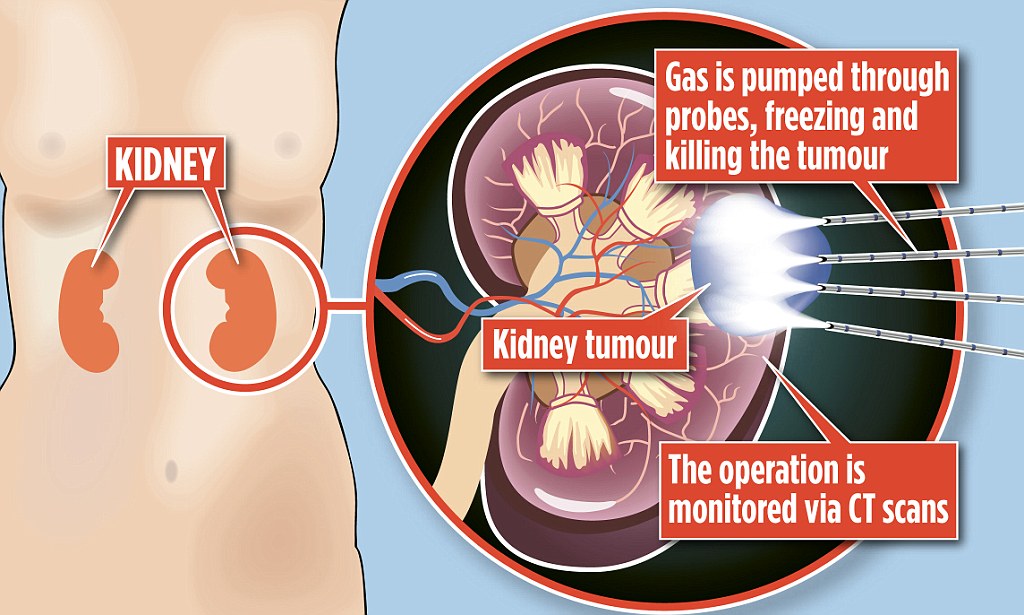Cryoablation is a novel and efficient medical technique widely used in the treatment of various diseases, especially cancer. It employs extremely low temperatures to freeze and destroy abnormal tissues without damaging surrounding healthy tissues, making it a relatively safe and non-invasive treatment modality. In the medical field, cryoablation has achieved significant success and continues to evolve and improve, offering new hope for patients.
Mechanism
The principle behind cryoablation is based on fundamental physics. By using specialized probes or catheters, an extremely cold cryogenic agent (usually liquid nitrogen or argon gas) is delivered directly to the location of the abnormal tissue. Once the agent reaches the target site, it absorbs heat from surrounding tissues, rapidly cooling and forming a freeze zone. During this process, cells of the abnormal tissue are damaged due to the extremely low temperature, ultimately leading to cell death and absorption.
Applications
Cryoablation finds broad applications in medicine, particularly in the field of cancer treatment. It can be used to treat various types of cancers such as liver cancer, lung cancer, kidney cancer, prostate cancer, and others. Additionally, cryoablation is employed in treating cardiac arrhythmias, thyroid nodules, skeletal tumors, among other conditions. Its application spectrum continues to expand, becoming an important therapeutic option in the medical field.
Advantages and Challenges
Compared to traditional surgery or radiation therapy, cryoablation offers many significant advantages. Firstly, it is a minimally invasive treatment, reducing the risks of surgery and complications. Secondly, the recovery time after cryoablation is typically shorter, allowing patients to return to their daily lives faster. Moreover, cryoablation allows precise control over the size and shape of the freeze zone, minimizing damage to surrounding healthy tissues.
However, cryoablation also faces some challenges. Firstly, for certain tumors with irregular shapes or locations, cryoablation may encounter operational difficulties. Secondly, cryoablation is not suitable for all types of tumors, and for some larger or deeper tumors, its effectiveness may be inferior to surgery or radiation therapy. Additionally, since cryoablation is a relatively novel technique, its long-term effects and side effects require further research and observation.
Conclusion
